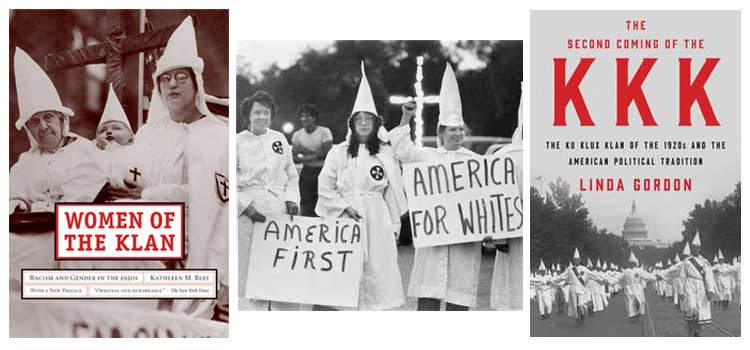Each in her own way, Elizabeth Tyler, Daisy Barr, and Alma White rupture some commonsense expectations about the 1920s Klan and other conservative movements. Perhaps most striking was their entrepreneurship, which involved both ambition and skill, both principle and profit. (…)
Tyler was finally forced to resign by accusations, almost certainly true, of embezzling Klan money. But she had been a gift to the national Klan.
The organization might well have grown without this driven, bold, corrupt, and precociously entrepreneurial woman, but it would likely have been smaller.
In this respect, they probably differed from rank-and-file Klanswomen. Experienced at organizing large events, state-of-the-art in managing money, unafraid to attract publicity, they were thoroughly modern women.


